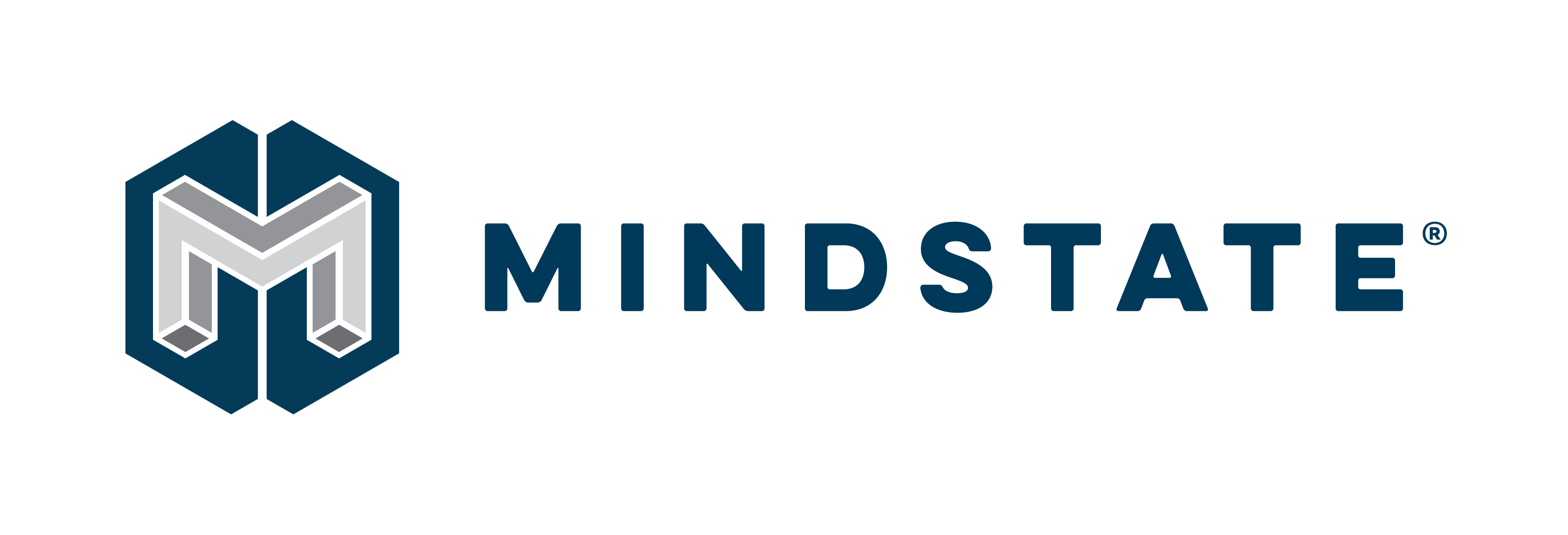
-
-
Your Ultimate Guide To Marketing To Mindstates
THE FUNDAMENTALS OF MARKETING AND MARKETING RESEARCH ARE BROKEN
Brand marketing can be difficult when you don't deeply understand the subconscious factors influencing customer behavior and purchasing decisions. These factors, such as personal values, biases, and emotions, can be hard to predict using traditional marketing research and make it hard for marketers to accurately gauge consumer demand and create effective marketing campaigns that get people to buy.
Without this deep understanding, marketers may struggle to communicate the value and benefits of their brand effectively which hurts their ability to drive growth for their business.
However, by understanding these psychological drivers, marketers can create more targeted and effective marketing efforts and better appeal to customer needs and desires.
That's where Mindstate Research and Marketing come in.
Mindstate Marketing applies the latest advancements in neuroscience and behavioral psychology to identify what truly makes your customers love your brand and helps you apply these insights to your marketing strategy to make your marketing compelling, unique, and impactful.
Read on to learn how to land more clients by using mindstates (not guesswork) to create strategic campaigns and advertisements.

Explaining Why Your Customers Behave the Way They Do
Technologies are scaling faster than ever so we’re going to have to adapt quickly, which creates a VUCA world.
VUCA: Volatile, Uncertain, Complex, and Ambiguous
We marketers need to know how beat the best filtering system out there: the human mind. With all the marketing messages people see daily, they have started to filter them out automatically. Technology can assist in getting around these filters, however, it has its challenges.
Most of the decisions we make each day are done so unconsciously, as our brains can only process a limited number of marketing messages at once. In fact, we make more than 35,000 decisions per day! This means that if we want to be successful in marketing, we need to focus on getting our message across at the nonconscious level.
Our unconscious minds are always taking in everything happening around us, and it comes out to the equivalent of reading a novel every hour—say, Harry Potter.
Each day, we're faced with thousands of marketing messages and advertisements across every platform we use. These constant persuasive messages make it difficult to navigate the thousands of decisions we need to make each day. All this suggests that people have a lot of subconscious static noise in their minds, and it will only become more challenging to cut through all that noise.
The world is in a state of VUCA: Volatile, Uncertain, Complex, and Ambiguous. Technologies are scaling faster than ever, so we’re going to have to adapt quickly, which creates a VUCA world.

Where Marketing and Research Fall Short
Let's start with a behavioral science fact. Traditional marketing research methods are based on inaccurate assumptions about how the human mind works. We want to think that the mind is a calm pool containing wants, needs, and desires that are well-defined and logical. We believe that by examining our idea (for example, by asking people for their thoughts), we can use the clarity to build a successful business or get promoted.
Unfortunately, the human mind isn’t a pristine well. It’s a muddy pit.
Many people are unaware of why they do the things they do, but advances in neuroscience and other areas are beginning to change that. Thanks to new research and technology in fields such as neuroscience and behavioral psychology, we now have a greater understanding of how people make decisions.
When it comes to marketing, science trumps guesswork—even the guesswork of seasoned experts with years of experience in the field.
The Two Decision-Making Systems
We are only just beginning to understand the motivations behind human behavior, but we do know that the mind uses two different systems to make decisions. What are these systems, and how do they work?
Let's refer to these two decision-making systems as System 1 and System 2.
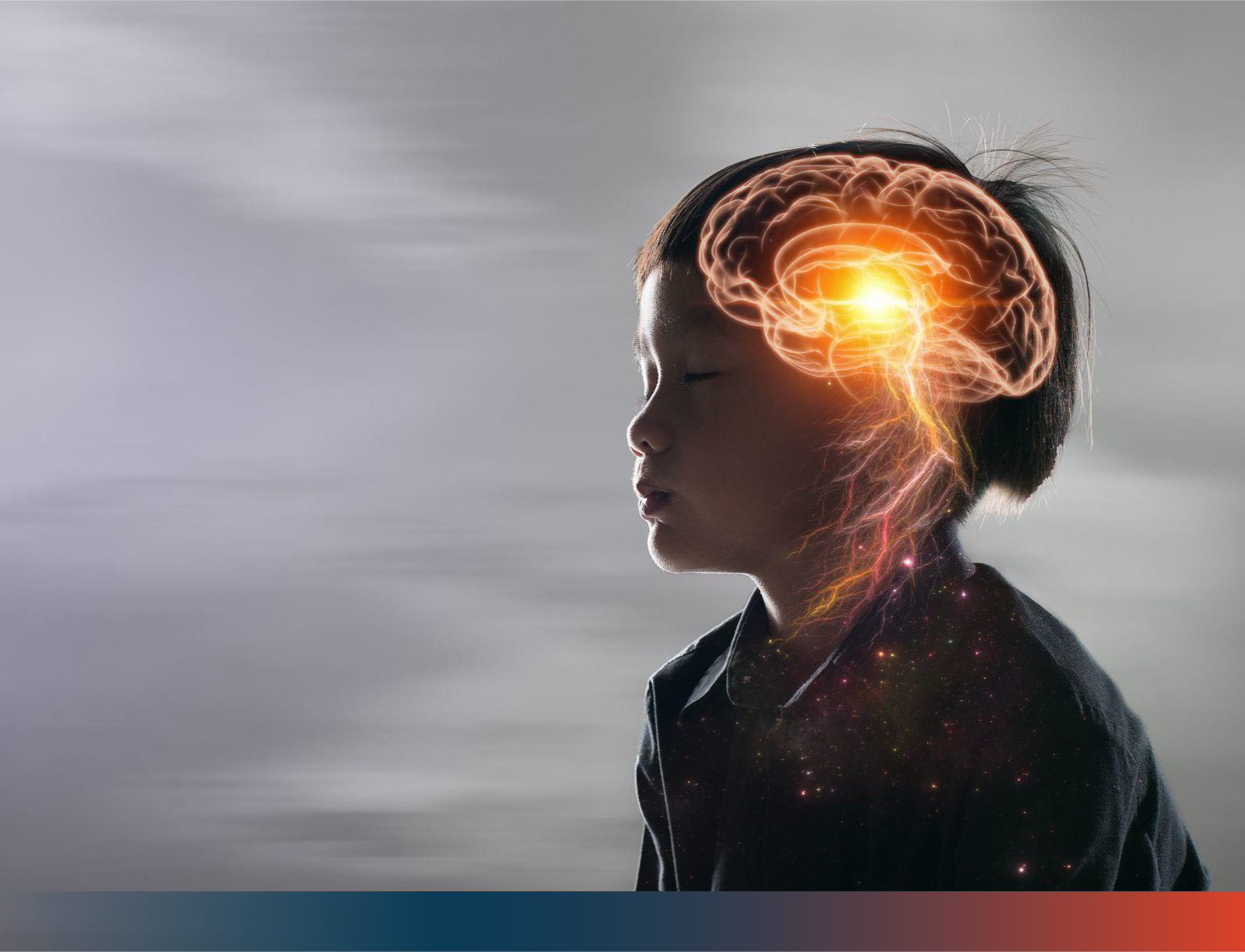
System 1 allows us to unconsciously and quickly recognize patterns, make initial judgments, and take action without putting much thought into it. However, this system is biased, with predictable patterns that can be understood.
Your nonconscious autopilot, or System 1, is heavily impacted by your current emotional state and situational context. If you're working off of System 1, that means you're not engaging in deep thought--you're more reacting.
System 1 is the part of your brain that influences all decisions, even those based on logic and reasoning, such as picking a college, buying a house, or choosing childcare for your first kid.
System 1 allows us to unconsciously and quickly recognize patterns, make initial judgments, and take action without putting System 1 always runs in the background, even when
we don't want it to, reacting to our environment and processing information. System 1 makes most of our decisions, so it's more powerful and influential than System 2.— I see System 1 as one of the large server rooms at Google that's constantly processing information quickly. Its output is mainly how you should feel about a particular piece of information once it's done processing it.
In contrast, System 2 is the rational part of your brain that weighs pros and cons. It's more like an old Commodore 64 computer, slowly processing information at a rate of fifty bits per second. It’s not that the Commodore 64 doesn’t work; it’s slower, clunkier, and prone to mistakes.
Your System 2 is not as extensive as Google's server room; it would be unable to handle that much information. It processes smaller bits of data and provides an output of actions you should take.
Often, we act first and then attempt to make our actions seem more logical after the fact. It's just the way we are as humans.
System 1 is constantly working and driving human behavior because it is more emotion-driven. And to understand how the nonconscious mind works, we need to look at four key factors—goals, motivations, regulatory approach, and cognitive heuristics. These all play a role in decision-making.
Why Emotional Marketing Works
Consumers can be led to make decisions that go against their stated intentions when they are in a temporary mindstate.
This is why you may find that you act differently when you are in Las Vegas as opposed to your hometown. This is not because you have changed your core beliefs but rather because the environment around you encourages a different mindset that can temporarily ignore or modify those beliefs.
Vegas casinos trigger these mindstates by overstimulating you. And they're really good at it. Just picture being in a windowless room with no clocks, flashing lights everywhere, people cheering, and the constant sound of slot machines going off every few seconds. Your brain does its best to take everything in but eventually becomes overwhelmed.
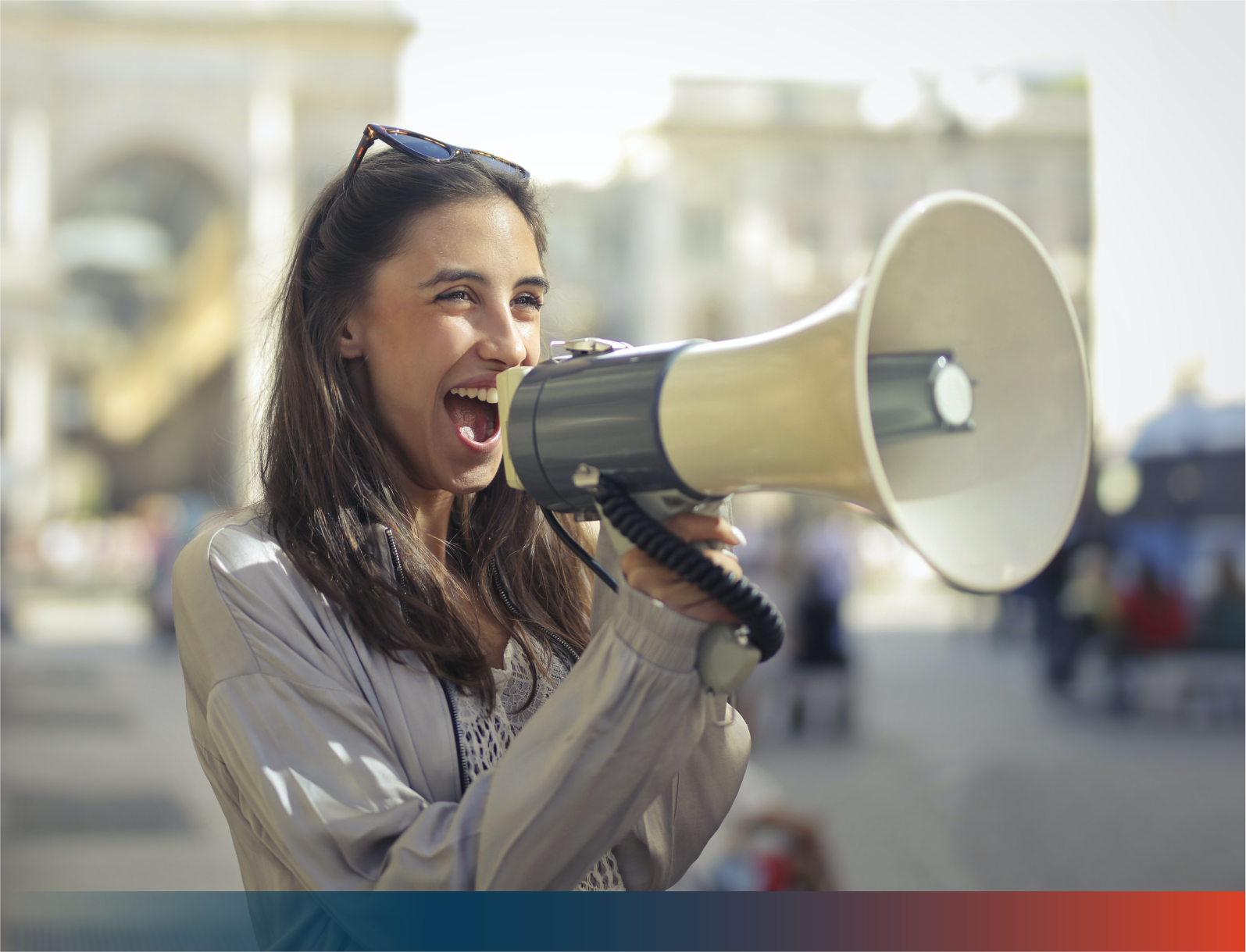
Moreover, when you're tired, have been drinking alcohol, and have no sense of time, it's harder to control your spending and gambling.
Before you know it, you're allowing yourself to gamble more money than you originally planned. Going over the hundred-dollar limit, for example, leads to 1000 dollars being withdrawn in an instant. When this occurs, you're betting with emotion instead of logic.
Simply put, our preferences aren’t as stable as we’d like to think because they are influenced
by our in-the-moment mindstate.
Is Traditional Market Research
Holding You Back?
Psychologically speaking, we all want to make our lives easier. Life is volatile. It’s uncertain. It’s complex. It’s ambiguous. And all of this drives how we make decisions—consciously and nonconsciously.
We're often indecisive because we have to make choices constantly and are submerged in marketing content. The path of least resistance, or the easiest decision, is usually the one that's quickest and doesn't require much thought. These come from our System 1 mind—the part that responds automatically rather than critically thinking about it first—and feel natural and intuitive when your heart tells you to do them.
If you're still trying to explain the benefits of your products in a way that appeals to people's conscious minds five years from now, you'll be left behind by those who have figured out how to tap into the nonconscious mind.
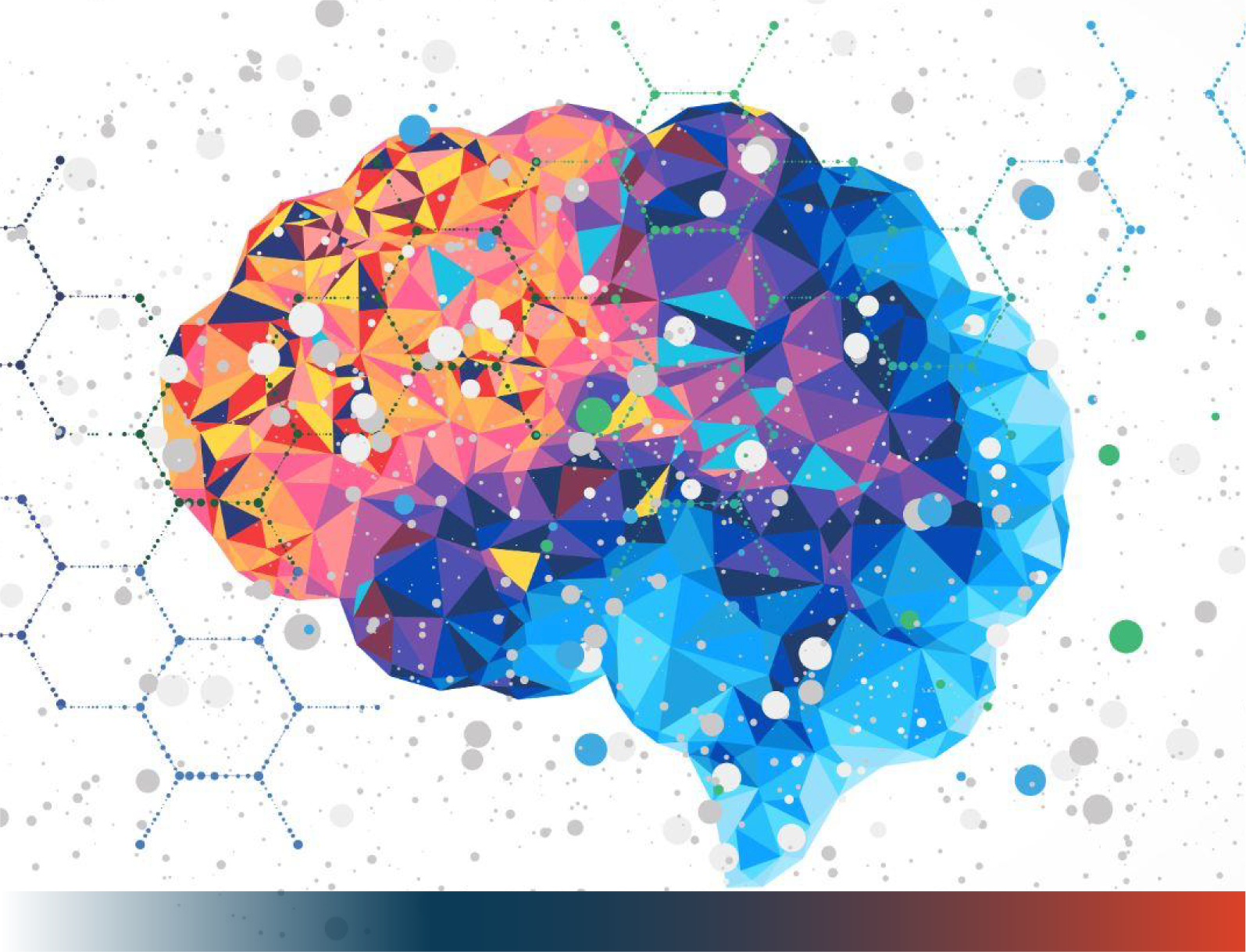
STARTING A NEW BUSINESS?
WATCH THIS VIDEO TO FIND OUT HOW TO USE BEHAVIORAL
SCIENCE TO BUILD A BRAND FROM SCRATCH.
Crash Course on Behavior Design
Behavior design uses recent discoveries about how the brain works and how people behave to create customer interactions that will influence and change consumer behavior. In other words, it's the science behind today's best marketing campaigns—those designed to get people to take action.
Four contextual factors affect consumers' decisions more than their rational minds, and marketing research should understand these factors more fully.

The Four Factors of Context
1. Location
The term "location" refers to where we are when deciding. For example, we behave differently in a church than in a bar. Social norms guide much of our behavior,and these norms are often based on our location.
2. People
Many times, we decide what to buy based on who we are with. For example, most people would not order crab legs on a first date. They are messy, and you do not want to get crab juice all over your date.
3. Feelings
If we're hungry or tired, we'll act differently than if we're not. That's why we shouldn't go grocery shopping when we're hungry. We won't be able to make good decisions about what to buy.
Our actions and perceptions are swayed depending on our emotional state. For example, we might buy an extravagant gift for our partner when feeling love or comfort food when feeling down.
4. Choice Architecture
This is the most important thing to consider when marketing something. Architecting choice means how you show the choices people have at the moment when they have to decide.
You can't always control a person's environment or feelings, but as a marketer, you can decide how to present your message. The words and images you use will create a specific effect on the reader.
Let's check out a couple of experiments where all four contexts were used to achieve a brand's marketing goals.
Experiment 1:
How Behavior Design Sold More Chips
Without Any Discount

A recent study discovered that people despise blinking lights, such as those found on traffic lights or hazard lights. These flashing colors can trigger an avoidance response in the brain which causes us to feel agitated. However, there is one exception to this rule—white light doesn't have the same effect.
The human brain is naturally attracted to blinking white lights. It's a distraction, but not as bothersome as the others. People are more likely to walk toward the light instead of away from it.
With that in mind, we added a small blinking white light under our chips signage, and... although we were successful in catching shoppers' attention, how could we make them notice our chips?
In addition to the white lights, we also changed our messaging to fit the psychology of the male customers who visit convenience stores to purchase snacks.
In our past research, we discovered that these men frequently used the competition and battle-based metaphors when discussing their day. They would say things like, “Man, work is just so difficult every day. Every day is a battle, and I simply have to win.”
With this in mind, we created a new shelf strip for Doritos. It was black with white lettering that read: “Beat hunger with Doritos. Winning never tasted so good.” I applied my psychological and neurological knowledge to the messaging, which resulted in an evidence-based design!
I chose "Beat" as the competition word because it was important to me that I win. Hunger was an important word to use because it was the number one reason they were going to convenience stores. Last, the blinking white light was placed between the two sentences inside the Doritos logo. We installed this shelf strip later that night and waited a week to see if our hard work would pay off.
The results showed that we had increased sales by 6 percent without having to lower our prices or offer any extra incentives. Usually, marketing research would suggest giving a discount or some sort of bonus to the customer, but simply changing our messaging based on behavior design was enough to tap into the shoppers' nonconscious mindstate. The words 'Beat hunger
with Doritos' were optimized for these guys' mindset from a psychological standpoint.
By making small, unassuming changes to our message, we were able to cut through their psychological defenses and speak directly to their needs. We didn't have to make our message more attention-grabbing or any louder; the changes in the messaging did that for us.
Experiment 2:
Leveraging On Motivation To Gain a 20%
Lift In Cross-Purchases

The company I used to work for decided to invest in barrel cooler displays. These are the coolers you fill with ice and load up with soft drinks and chips, then place them near the checkout in convenience stores. This was a way to reach people who would otherwise skip past the soda or chip aisle.
We deployed barrel coolers to increase sales of soda and chips together. To create this incentive, we bundled the two items together for $2.22 and placed signs on top of the cooler alerting customers to this discount. So if you're looking to buy a cheap drink AND snack, look no further than these special barrel coolers!
But we had a problem. Shoppers weren't buying enough discounted bundles to make up for the costs of delivering barrel coolers to convenience stores nationwide.
We needed to know how to turn these promotions around to get a positive ROI on this multi-million dollar marketing initiative. To help us solve this problem, we needed to understand consumer decision-making processes related to their nonconscious minds so that we could design messaging that resonates with them.
Aaron Reid of Sentient Decision Science proposed an interesting study that I fell in love with. Instead of giving a discount on both items when a customer buys them together, what if we provide the total discount to only the item they feel most guilty about buying?
This is the concept of hedonic bundling. When people see that they're getting the same discount either way but feel like they would be getting a better value if they discounted both items, it suddenly becomes okay in their heads to justify impulsive buying decisions.
Just by adding this element of guilt relief, shoppers are more inclined to buy both the chips and soda-- even though all they really wanted was the soda. As long as consumers feel like they're winning, companies will always find a way to profit from them.
The original store display had the standard signage with a picture of the soda can and chips above the barrel cooler. The phrase "Better Together" was included to remind customers that they could get both items for a discounted price of $2.22.
Traditional wasn’t working.
I collaborated with a small, local creative agency to redesign this original signage offer for more psychological impact. Our new design featured a race car crossing a finish line, with the crew chief throwing his arms up in victory and surrounded by a checkered flag. The copy read: “Fuel up, thirst down, and drive away refreshed!”
The messaging in the campaign was focused on enticing people who respond better to achievement-based motivation. The goal was to make them feel like they were winning every day.
So how did we apply the concept of hedonic bundling?
This offer would allow the customer to buy the chips at full price and save $0.55 on the soda instead of buying them together for $2.22. Even though it was the same total discount, placing it entirely on the soda makes shoppers feel less guilty about their purchase.
The changes we made were minimal, but they had a significant effect; some weeks, our sales increased by 20%. In the business world, that's a huge difference. More importantly, we didn't have to go through all the trouble of convincing customers that our soda was healthier for them or getting them to want our chips--all because we lowered the price. We simply reframed how much the product would cost them.
The Benefits of Behavior Design
Behavior design triggers emotional mindstates—those moments when they’re in higher states of emotional arousal and more susceptible to influence.
To make your marketing as effective as possible, you'll need to understand and take advantage of the four behavior factors listed below. By doing so, you can increase the level of persuasion in your marketing campaigns, which will lead to more sales for your company.
Everyone benefits from behavior design and marketing to mindstates—consumers, retailers, and marketers. How?
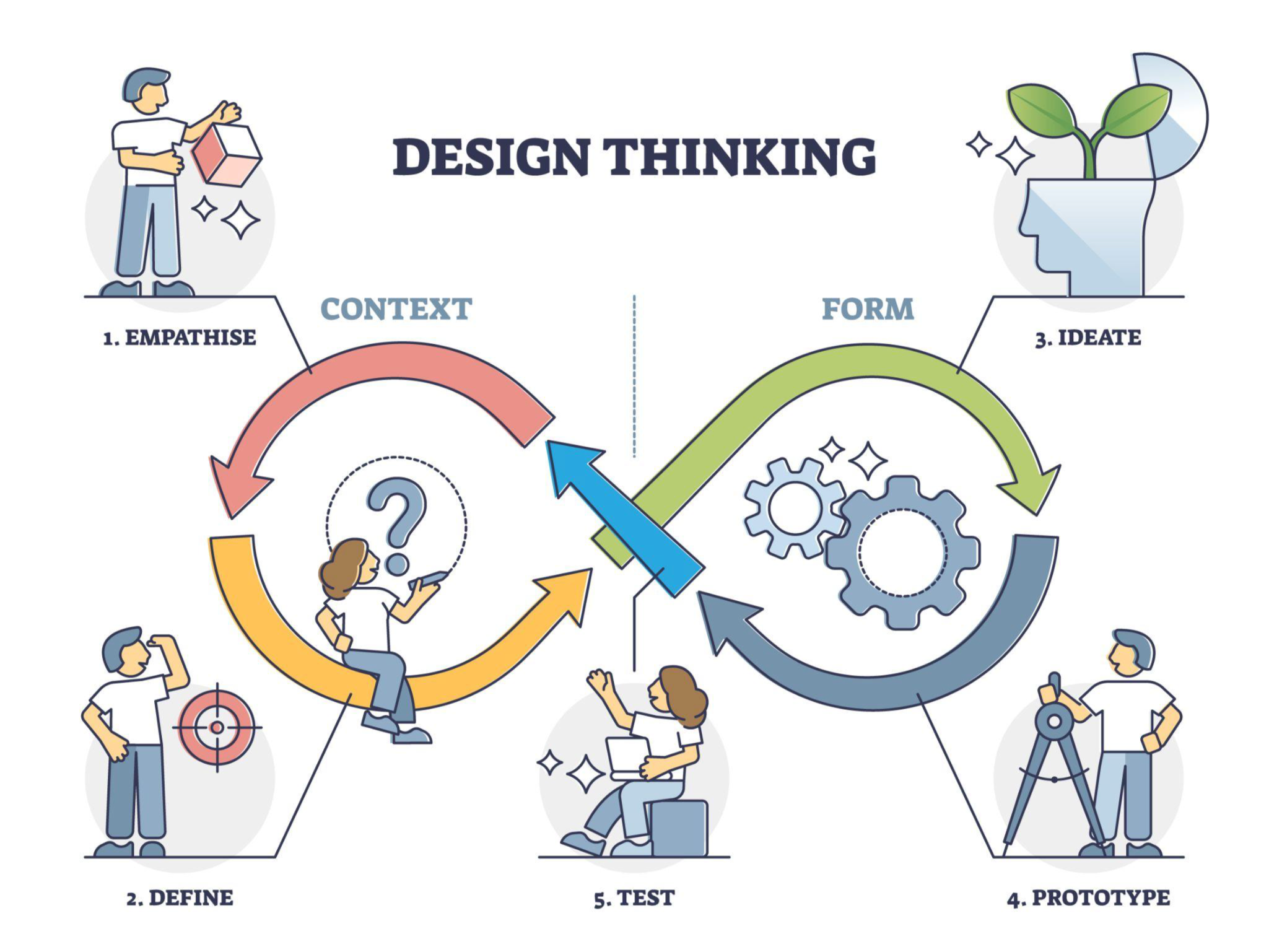
1. More sales.
If you want people to buy your products, you must create an emotional mindstate. Not only will this increase persuasion and buying momentum for retail items, but emotionally aroused shoppers tend to purchase more products in general.
2. Fewer returns.
People who buy from stores or websites with an underlying behavioral design strategy have fewer returns because they feel the purchase was natural and made sense to them when they made the decision to buy.
3. Higher satisfaction and repeat business.
Consumers have more pleasant experiences shopping in stores that have been psychologically or behaviorally designed; these environments feel more comfortable, and consumers are driven to revisit them more often.
4. More engagement.
Designing a product that nonconsciously taps into consumers leads them to believe they have a greater understanding of the product.
The more people understand and engage with your product, the more features they'll experience. The more features they encounter, the more likely they are to enjoy and appreciate your product.
If someone only uses their smartphone as a phone, they do not see the value in the device compared to an old flip phone. If a behavior designer were to optimize the experience of buying and using that smartphone psychologically, the buyer would be more likely to play around with it and use the apps.
By doing so, they would engage with more features, experience more benefits, and feel a greater perceived value of the product.
Why is that important? Because it means your customers will be willing to spend more money on your product or service. In other words, behavior design can lead to more profits for your brand.
5. More effective advertising.
Research by E. Tory Higgins also shows that advertising that has been behaviorally designed
improves the results of advertising in five ways:
● Increased marketing “breakthrough” (breaks through the clutter)
● Longer engagement with the advertising
● Increased understanding of your message
● Increased memorability of your message and brand
● Increased trust and believability of your message and brand
What Is a Mindstate?
A mindstate is a temporary state of mind in which we’re under high emotional arousal. Emotional marketing is successful because it speaks to us on a more personal, unconscious level when we feel charged. In these moments, we pay less attention to rational factors and make decisions based on our feelings.
As broken down in the best-selling book Marketing to Mindstates, Mindstates use regulatory focus theory and are broken down into two types: promotion regulatory approach and prevention regulatory approach. Customers in promotion regulatory approach (aka “optimistic”) are driven by a desire to seek out pleasure, whereas those in a prevention approach (aka “cautious”) want to avoid pain.
Say you run a gym and you’re hoping to get new customers. People go to the gym for a number of reasons, but it ultimately boils down to two motivations:
● They want to look good, be strong, or feel their best. (Optimistic)
● They don’t want to be overweight, risk their health, or feel weak. (Cautious)
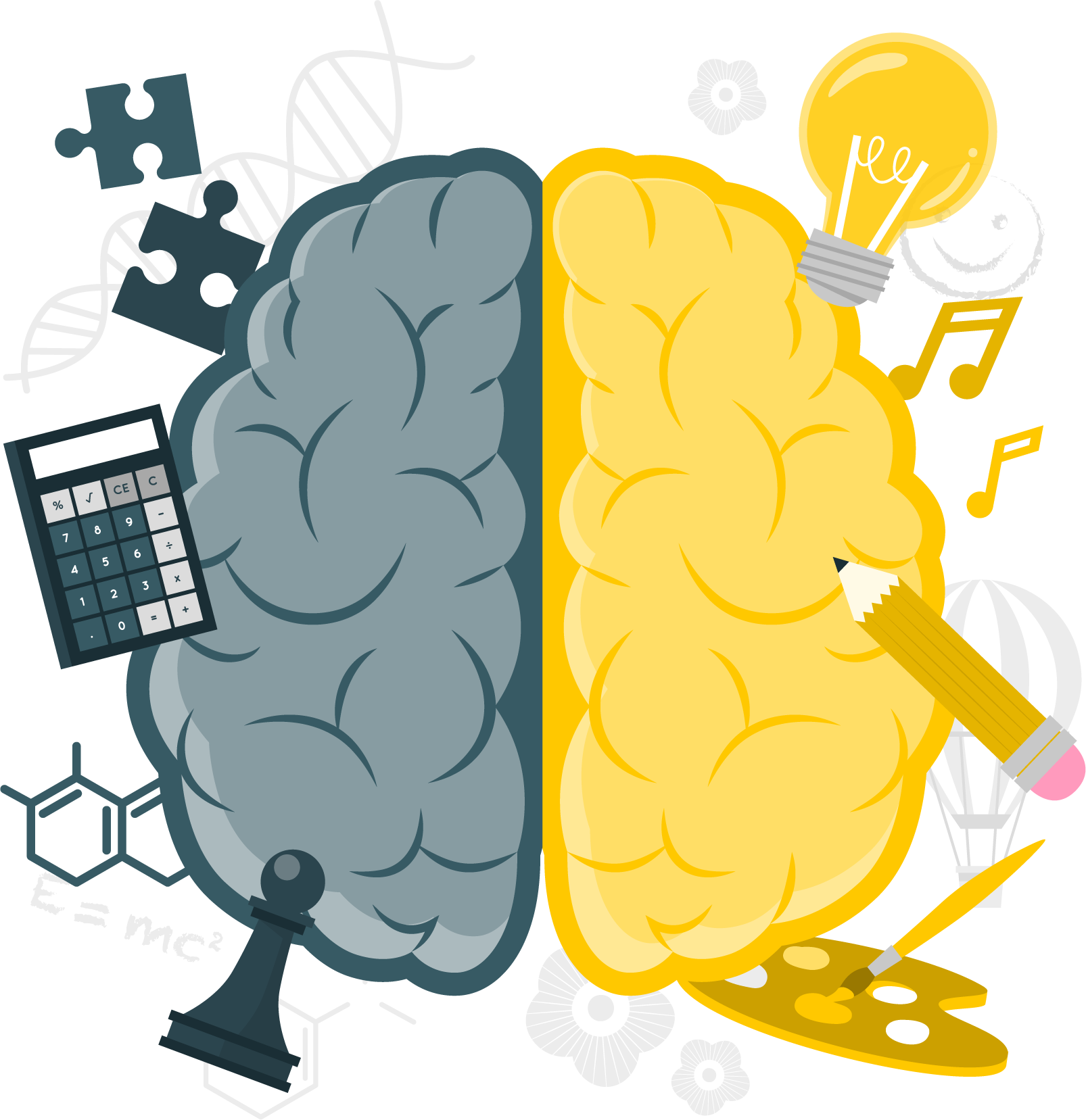
These two seem pretty similar, but the approach you use in your messaging will impact who bites. A billboard that says: “Be You, Only Stronger” will resonate more with customers in an optimistic frame of mind. On the other hand, a billboard that says “Don’t Let Your Weight Hold You Back” would resonate with cautious customers.
The Eighteen Mindstate Profiles
Consumers' decisions are influenced by one of eighteen different System 1 mindstates. If you want your strategies and tactics to be effective, you must design them specifically for these mindstates so that they pass through subconscious filters.
1. Optimistic Achievement is the combination of an achievement motivation and a promotion regulatory approach to decision-making.
Feeling successful in our pursuits is a goal we all share. Whether it's finally sticking to that diet to lose those last ten pounds or putting in the extra hours at work to earn that promotion, we all want to feel the sweet success of achievement.
Striving to achieve and celebrate our short- and long-term goals is part of living a healthy life. The anticipation of setting goals and taking steps toward them are part of having an optimistic outlook for achieving them.


2. Optimistic Autonomy is the combination of an autonomy motivation and a promotion regulatory approach to decision-making.
We all want to feel free to express ourselves and have choices that suit our personal style, preferences, and needs. This desire is what creates the optimistic autonomy mindstate. When we feel satisfied that we can experience life on our own terms, it allows us to lead happier and more fulfilling lives.
3. Optimistic Belonging is the combination of a belonging motivation and a promotion regulatory approach to decision-making.
In a world where it's tough to build positive, lasting relationships, many of us crave ways to connect with others on a deeper level. This desire is often so strong that we'll go to great lengths to find connections with others and feel like we belong to something bigger than ourselves.
The desire to connect and build relationships by finding similarities and shared passions with others form the foundation of an optimistic belonging mindset.
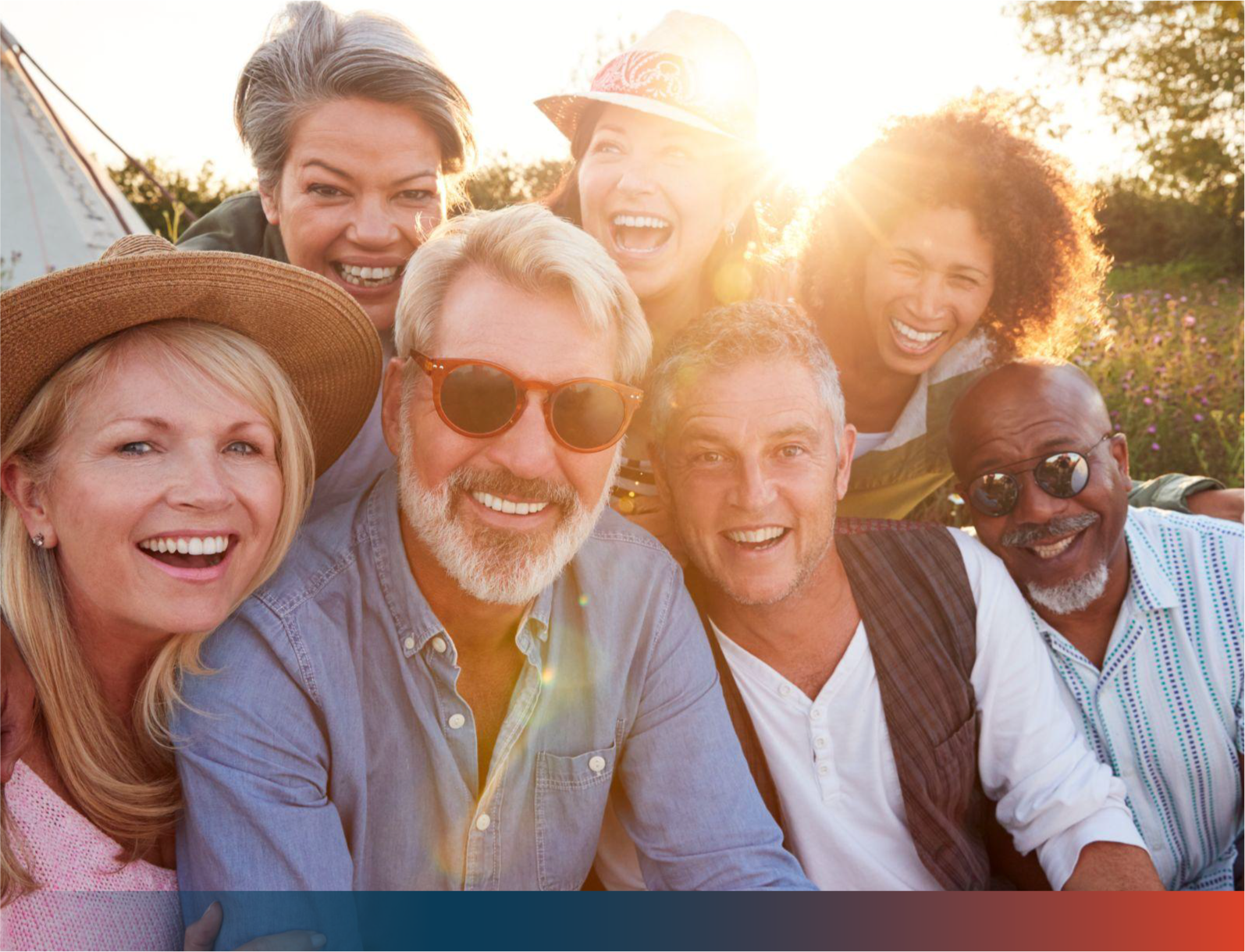

4. Optimistic Competence is the combination of a competence motivation and a promotion regulatory approach to decision-making.
It is important to be our best. This is something we learn as kids and carry with us every day. So, it feels good when we get better at something and grow because of it.
For a lot of us, the best way to become good at something is to try our hardest and never give up. Having this kind of attitude—that we can always improve by doing our best—is called the optimistic competence mindstate.
5. Optimistic Empowerment is the combination of an empowerment motivation and a promotion regulatory approach to decision-making.
Our world today feels restrictive in both the experiences and choices we have. As a result, we feel the need to be empowered so that we can take on life's challenges head-on.
This desire comes from our optimistic empowerment mindstate—a state of positivity where we believe we are equipped to handle whatever comes our way.


6. Optimistic Engagement is the combination of an engagement motivation and a promotion regulatory approach to decision-making.
We all want to feel pleasure and excitement in our daily lives. Whether it's getting lost in a new video game or finally tasting that birthday cake we've been thinking about all day, we crave moments where we can feel emotionally and physically engaged to enjoy life more.
This desire to be fully present in key moments and get the most out of products is part of having an optimistic engagement mindstate.
7. Optimistic Esteem is the combination of an esteem motivation and a promotion regulatory approach to decision-making.
In today's world, it is tough to distinguish yourself from others. Whether we want more likes on Facebook or a pat on the back from our boss, being recognized is often what we desire most. Positive recognition boosts our ego and self-confidence.
The goal of having optimistic esteem is to improve our chances of being successful in front of others.


8. Optimistic Nurturance is the combination of a nurturance motivation and a promotion regulatory approach to decision-making.
Many of us believe that the world needs more compassion and love. We see a place where people are far more empathetic, supportive, and loving toward each other.
This deep desire to feel protected, supported, and appreciated by those we care about in life creates what is known as an optimistic nurturance mindstate.
9. Optimistic Security is the combination of a security motivation and a promotion regulatory approach to decision-making.
Today, almost all of us are looking for ways to feel more secure. We put effort into safeguarding our loved ones and possessions from harm or misuse every day.
The sense of relief we experience when we don't have to worry anymore creates the optimistic security mindstate
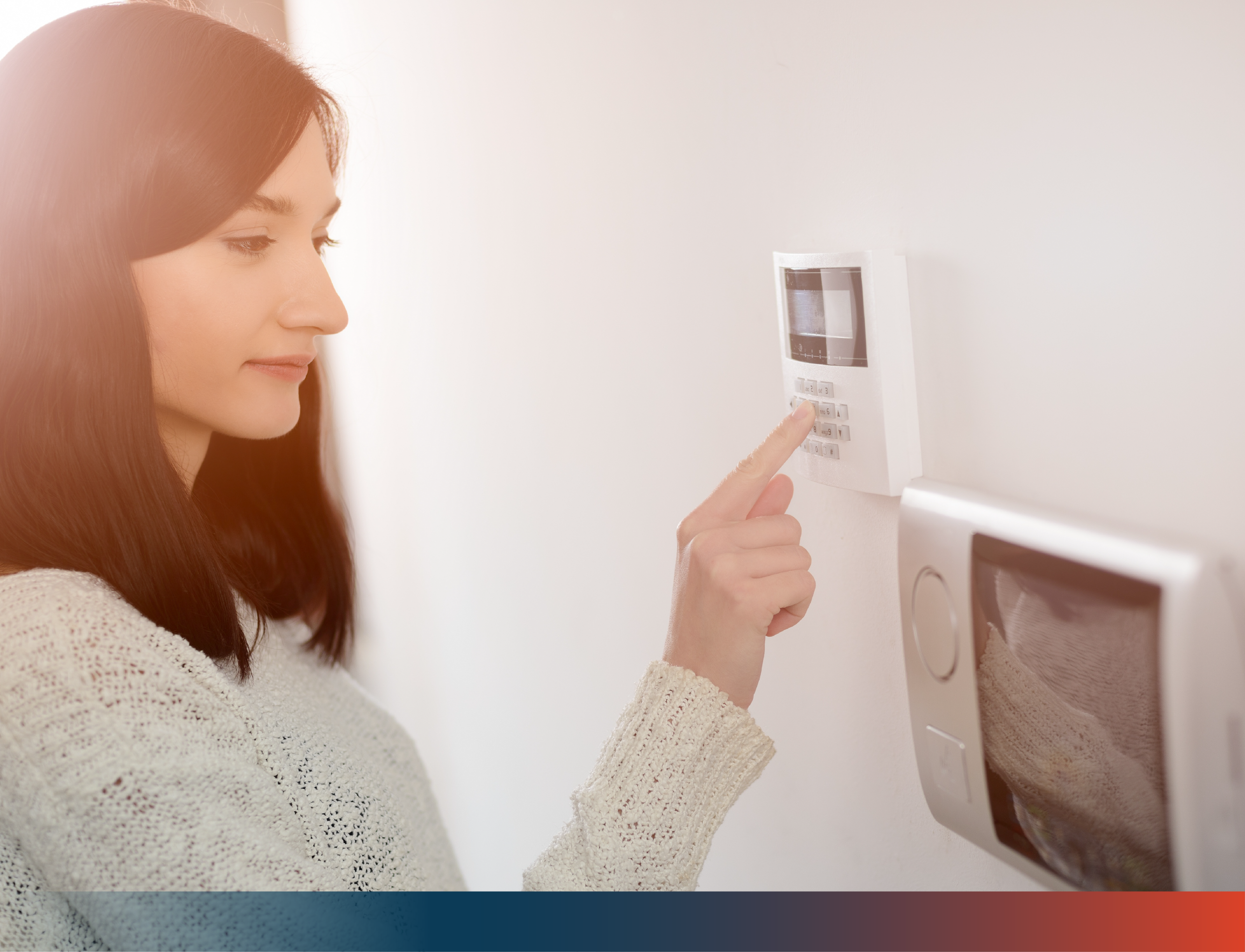

10. Cautious Achievement is the combination of an achievement motivation and a prevention regulatory approach to decision-making.
We all want to be successful in our endeavors. Whether it's avoiding junk food to lose those last ten pounds or meeting a deadline at work, we all strive to achieve our goals.
This is a healthy part of everyday life. Anticipating and avoiding potential pitfalls on the way to success is what the cautious achievement mindstate is all about.
11. Cautious Autonomy is the combination of an autonomy motivation and a prevention regulatory approach to decision-making.
In a world where our choices can feel limited, it's no surprise that we desire to maintain our self-autonomy and individual expression. As we grow and develop our own unique experiences and identity, we naturally prefer the freedoms that allow us to avoid conformity.
The satisfaction we feel when we're able to reach our goals without restrictions is at the heart of the cautious autonomy mindstate.


12. Cautious Belonging is the combination of a belonging motivation and a prevention regulatory approach to decision-making.
In a world where discord is the response to our desired long-lasting relationships, finding ways to really connect with others has become more valuable than ever. So much so that people will go out of their way to maintain peace and avoid potential arguments.
The desire to connect and build relationships through discussions instead of isolationism is the basis for the cautious belonging mindstate.
13. Cautious Competence is the combination of a competence motivation and a prevention regulatory approach to decision-making.
It is important to become our very best. We learn this as children and take it with us into our daily lives. Therefore, feeling more proficient in an activity and the personal growth that comes with it is an important part of satisfying experiences. For many people, the best way to achieve competency is by focusing on minimizing mistakes in our pursuit of excellence.
The desire to improve by doing our best to avoid potential errors is the basis of the cautious competence mindstate.


14. Cautious Empowerment is the combination of an empowerment motivation and a prevention regulatory approach to decision-making.
Having the ability to control our experiences is something we all crave because it makes us feel empowered. This desire comes from our need to feel capable of taking on life’s challenges.
The mindstate of cautious empowerment allows us to make choices without feeling restricted.
15. Cautious Engagement is the combination of an engagement motivation and a prevention regulatory approach to decision-making.
In order to lead a fulfilling life, it's important to break up the monotony of day-to-day tasks. Whether it's playing on your phone while waiting in a doctor's office or opting for sushi over a boring sandwich for lunch, we all need ways to escape the mundane aspects of our lives.
This desire to feel fully engaged in key moments by avoiding boredom and tedium is part of the cautious engagement mindstate.


16. Cautious Esteem is the combination of an esteem motivation and a prevention regulatory approach to decision-making.
In the constantly competitive and interconnected world we live in today, it's becoming more difficult to avoid being pushed to the side. Whether it’s our post being ignored on Facebook or not receiving recognition for a job well done, many of us work hard to ensure we won't be forgotten. Even something as small as feeling popular can help boost our ego and confidence.
The desire to decrease our chances of being overlooked or disregarded by others is what creates the cautious esteem mindstate.
17. Cautious Nurturance is the combination of a nurturance motivation and a prevention regulatory approach to decision-making.
Many of us yearn for a world that is more compassionate and loving, where people are more understanding and supportive of one another. This outlook on life is shaped by our need to feel safe, supported, and valued by the people we care about.
The pure feeling of appreciation and love is part of the cautious nurturance mindset.


18. Cautious Security is the combination of a security motivation and a prevention regulatory approach to decision-making.
In the hectic world we live in, it's no surprise that most of us want to feel more secure. We put effort into safeguarding our loved ones and possessions from danger or misuse every day.
The contentment we experience when we're not anxious is at the root of the cautious security mindstate.
Your marketing strategies will seem odd to your consumers if you don't understand their mindset, and as a result, they may begin disregarding your brand in favor of one that offers a better customer experience.
How To Apply The Mindstate Behavioral
Model To Your Marketing
To begin marketing to consumers’ mindstates, there’s a simple four-step process to follow:
1. Find decision “trigger points.”
First and foremost, you must pinpoint when people are more inclined to consider and make decisions for your product - these "pivotal moments" or "trigger points."
It's essential to comprehend the atmosphere during these trigger points because that is where people are most open-minded. By including System 1 messaging at these trigger points, you will see a significant difference in your marketing effectiveness.
Answer these questions in detail:
● Who is there?
● Where are they?
● What is happening?
● What time of day is it?
All of these factors are important in understanding what type of tactics you can and should use.
2. Identify your customers’ mindstate.
Next, in those decision-making moments, identify the key emotional mindstates your customer might be in.
If you know what state of mind your consumer is in, it will 100% change the way you choose to message them. For example, if a consumer is in a “cautious nurturer” mindstate, they are likely trying to express love for others but in a way that reduces the risk of rejection. This type of customer might want to save money on their grocery bill to buy flowers for their partner.
Instead of advertising a discount on chocolate bars, you could market your chocolates to show your wife that you care. This would be more effective than simply saying, "two dollars off chocolate bars.
"You would never have known to do this if you only looked at traditional marketing research or attribution models. You would know that a lower price was essential to the consumer, but you wouldn't have understood why or how to message it correctly."
3. Tap into (or activate) the mindstate.
After you identify your consumers' key mindstates, use a behavior design strategy to tap into these mindstates and influence their decision-making nonconsciously.
You’ll need to consider both your content and design when creating behavioral science marketing campaigns. Both need to connect with your specific mindstate.
4. When necessary, create the mindstate.
If you can't detect the emotions your target market is experiencing, or if you're unable to reach them when they're in an emotional state, you can create these conditions.
If you're tight on budget or unsure how to conduct research, don't worry! You can prompt certain mindstates in your customers based on what you already know about them.
In many cases, you can temporarily prime a consumer into feeling that key mindstate. If the messaging is done right, you can make a consumer temporarily feel like an optimistic achiever versus another emotionally charged mindstate.
Apply Mindstate Marketing to Your Brand & Grow Your Sales Today
Incorporating psychology and behavioral science into your marketing strategy can be overwhelming, especially if you aren’t a behavioral scientist (which, let’s be honest. Most of us aren’t).
But you don’t have to have a degree to understand, apply, and master this strategy—and you don’t have to do it all alone.
With the Mindstate Marketing Masterclass, you can dive deeper into how Mindstate Marketing works, apply it to your strategy with confidence, and get the results you’ve worked so hard for.
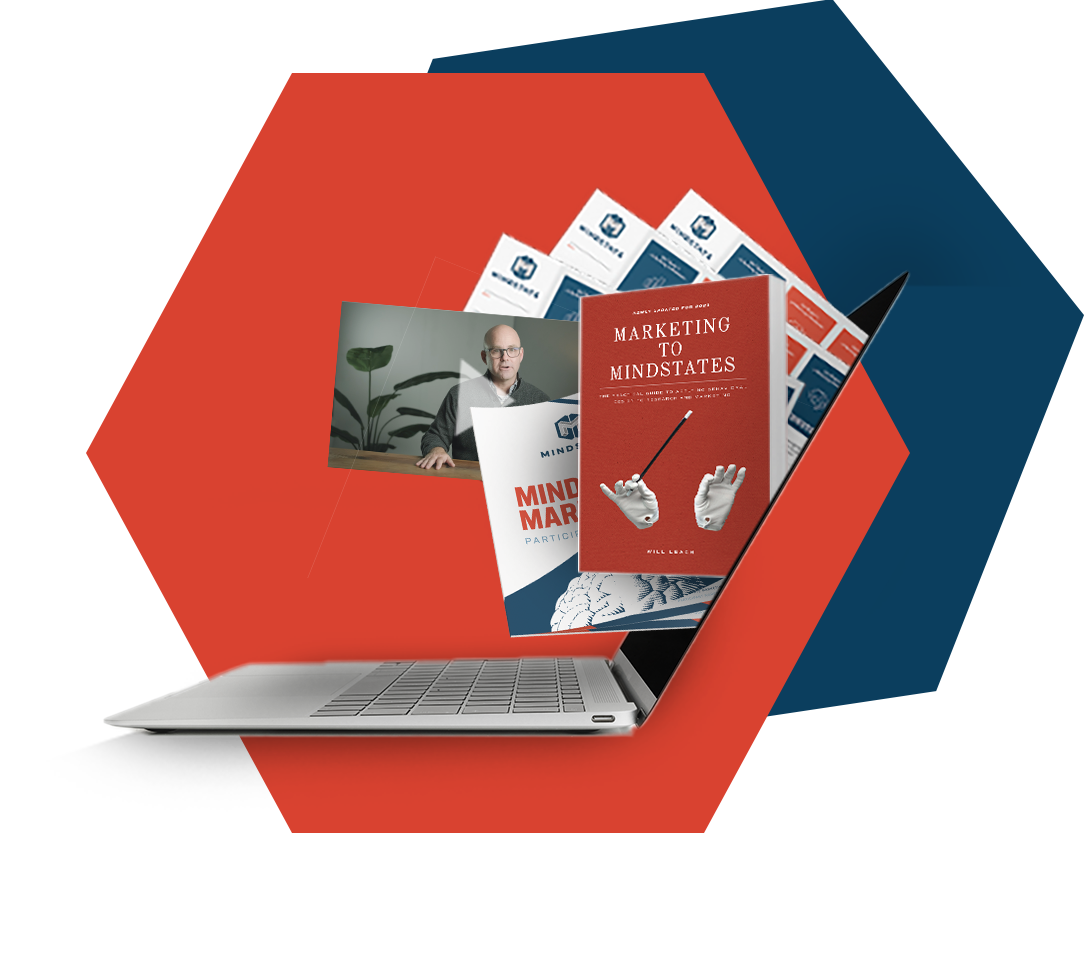
The Mindstate Marketing Masterclass
This on-demand, 24-7 training package gives you lifetime access to 12+ hours of video training when you need them, where you need them. These videos will take you through the entire Mindstate® Marketing process, step-by-step to show you real-life research and marketing applications of the process.
Free Resources to Grow Your Mindstate
Marketing Expertise on Your Terms
READ the Mindstate Minute Blog for in-depth articles on all things behavioral science
WATCH two modules of the Mindstate Marketing Masterclass for free
LISTEN to the award-winning Mindstate Marketing Hour podcast
ACCESS our Resources Page for free Mindstate Marketing Personas, tools, and more
FOLLOW us on LinkedIn for updates and to catch our weekly livestream
SUBSCRIBE to our YouTube channel to watch interviews, how-to tutorials, and more

